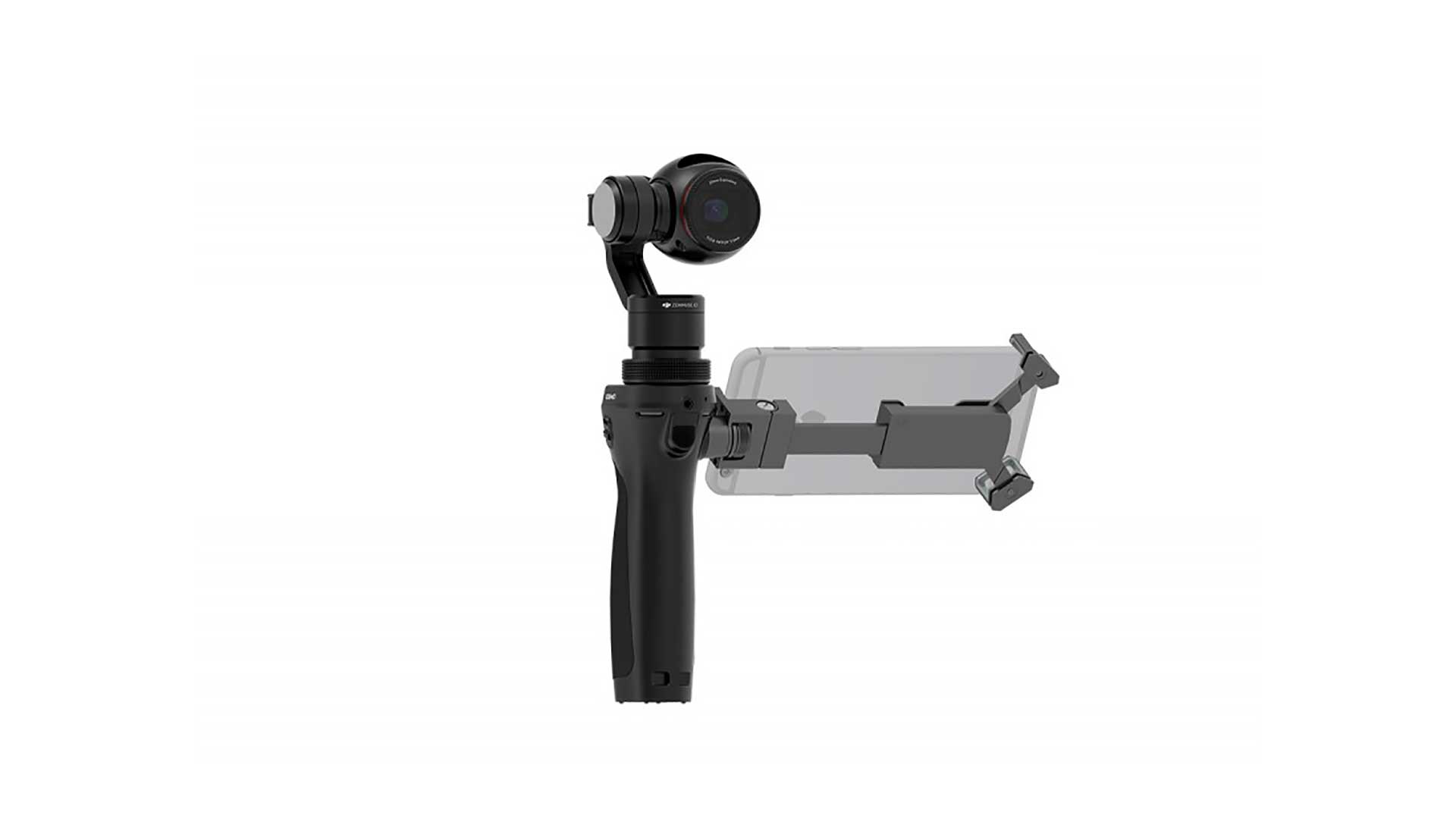

Welcome to Shooting Cars. Each week, The Drive tests new products that help you snap, film, and otherwise capture your vehicle of choice with superb results. This week, our in-house video team reviews the DJI OSMO x3, a handheld 4K camera and gimbal combo made for portability and ease of use.
A large difference between amateur video and pro footage are smooth shots. That usually means using a gimbal, a nifty device that keeps the camera still as you move around. Use a gimbal, and the resulting footage looks instantly better.
Until recently, gimbals were a rich man’s game. And a strong man’s one, too. Heavy cameras meant large gimbals needed giant motors to stabilize hefty loads. These mechanical behemoths often needed back supports, strong arms, and lots of rest—meaning minimal operating time. Beyond the physical tedium, all those components carried a sticker price only professional production companies could rationalize.
Enter DJI, a company that found success in the aerial photography world in 2006, developing a platform that produced great footage with an easy learning curve via their drones, including the Phantom. DJI’s drones used a GoPro to capture footage, but they wanted to give users a smoother shot and they didn’t want to outsource any pieces. So DJI developed its own gimbal and camera, capable of capturing the same professional quality footage.

Now, they’ve applied that very tech to a battery-powered pistol grip device, called the Osmo. It’s a clear evolution of their stellar research and development. Lightweight, one-handed gimbals are relatively new, and while the gimbal on the Osmo’s wasn’t a first, pair it with a camera housing the industry-standard 4K Sony Exmor R CMOS; 1/2.3-inch camera sensor and its smart phone connectivity and this lightweight (just 221g) unit is a pioneer.
We’ve been using an Osmo around the office for a month now, predominantly for Facebook Live videos. It’s been a go-to; in fact, we shot this entire video using it:
Below, our findings.
PROS
- The Osmo has been particularly good at static b-roll car shots. Where one would typically just have some low-angle shots of a parked car, you can now walk around, making more dynamic and engaging shots.
- The smartphone app that controls all camera function is surprisingly intuitive. Our writers have been able to get some spectacular footage, with very little previous camera or gimbal experience.
- The app comes with myriad features you may overlook (Timelapse, Auto Panorama, Selfie mode) but it’s nice to have the options for creative down time.
- At 221 grams, the lightweight body means you are comfortably able to run the compact camera as long as the battery lasts.
- Being able to stream in 16×9 to Facebook Live through the DJI app, instead of the typical shaky, handheld square, makes your video more compelling. Having the gimbal active through your Facebook Live differentiates your footage from the competition, making it easier to consume for the longer times, all while keeping viewers engaged.
- With some practice, the gimbal moves are buttery smooth, within reasonable expectations. You’ll have some jittery footage if you’re sprinting up and down stairs, but with bent knees and slow moves, the footage will be stunning.
- It feels like the Osmo was meant specifically for shooting cars. Its compact size means it can get in to low positions that are difficult with bigger cameras, and the gimbal ensures a smooth motion reminiscent of shots with much higher budgets.
- If the gimbal starts to fail, or is off its axis, recalibration is a cinch.

CONS
- The motors on the gimbal aren’t meant for any real action. We found that consistent winds can prove too much, not really allowing for operation at high speeds or even highway driving with the top down.
- The on-camera mic is not very good. But luckily, the Osmo comes with a little shotgun-like external mic that gives decent audio. It works well for grabbing engine sounds, but to get good speech you’ll need to be pretty close to the talent. Since it only comes with one mic input, you’ll have to live with it, or marry it in post with an external recorder.
- Since the camera connects to your phone though WiFi, you aren’t allowed to use an external WiFi source to publish a Facebook Live session. You are relying on your cell phone connectivity to keep your stream afloat, and it needs more data to make for a seamless publication.
- When steaming to Facebook Live, the DJI app doesn’t warn you about weak connections. We’ve even seen some Live record times on camera being upwards of 18 minutes that only equate to a minute and half of published content.
- The battery life is about an hour. That’s not terrible, but it could be better.
- You have to use a phone to operate the camera, which is clunky for sharing amongst a wide variety of users.

THE TAKEAWAY: With a $569 price tag, the Osmo is not cheap, but considering the $500 GoPro Black is a camera-only unit with comparable specs and no gimbal, you get a lot for your money. Shooting cars with the Osmo has yielded some great results by keeping the subject static, and the ability to shoot slow and wide makes the car shine. While we hope that DJI is able to resolve the Facebook Live bugs and can make multi-user control a little more friendly, this unit is still a hit amongst The Drive staff. The ease of use and spectacular footage the Osmo records makes it a must-have for the video arsenal of any car aficionado.
